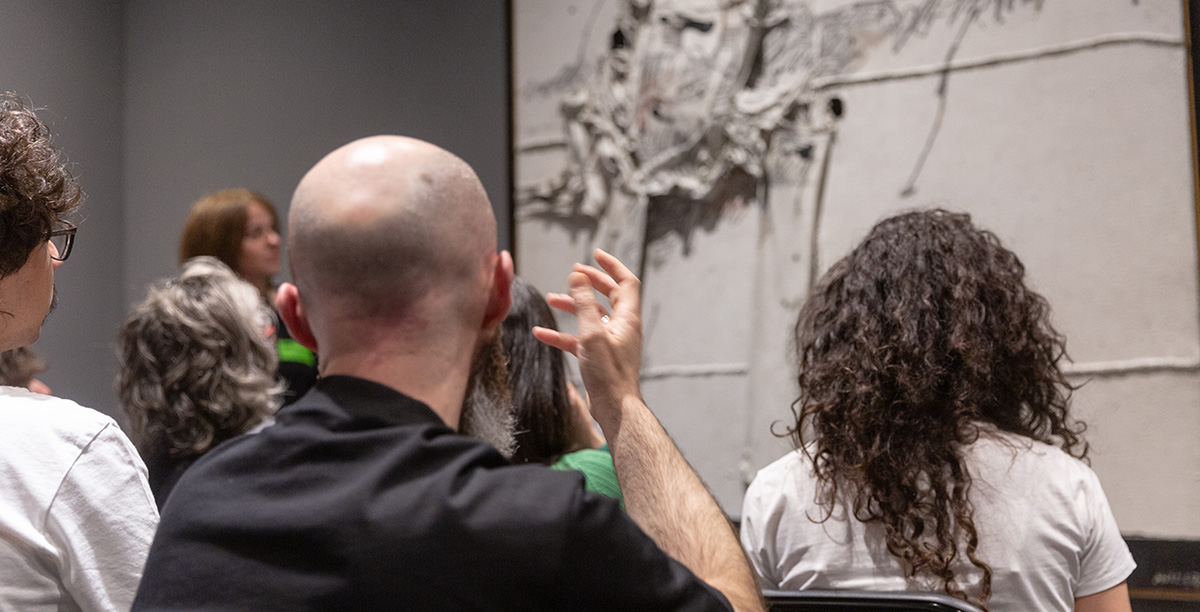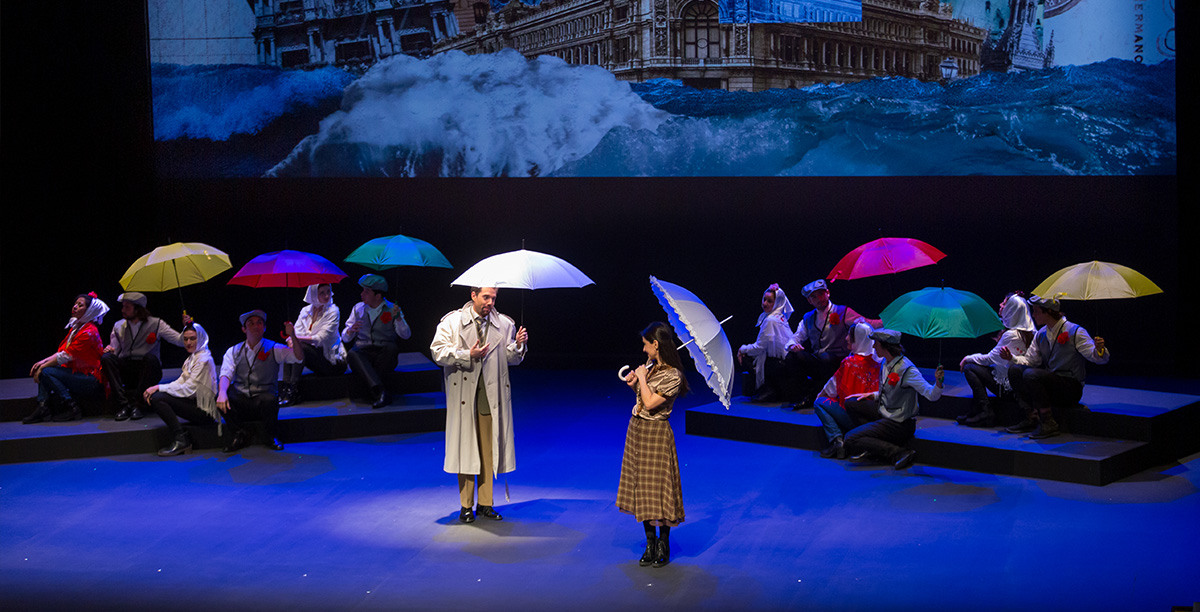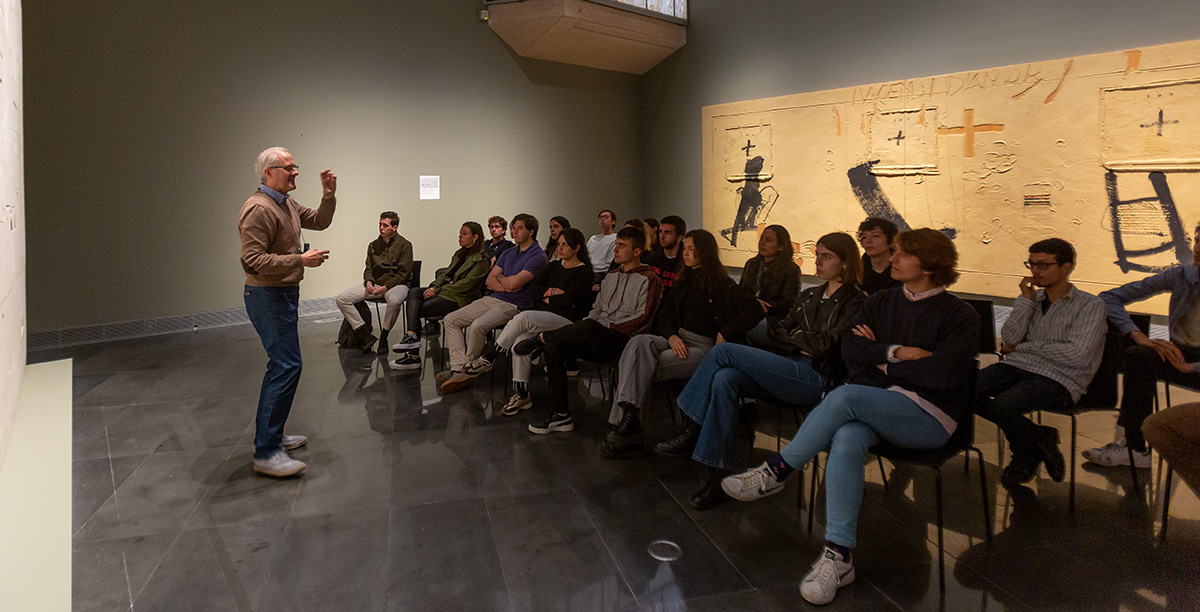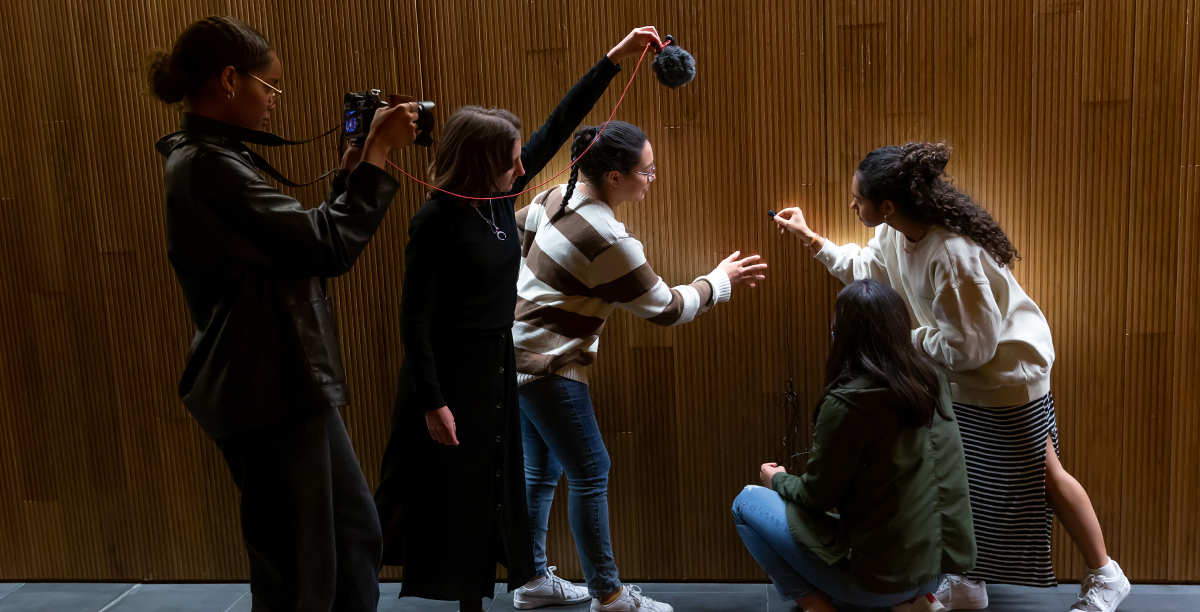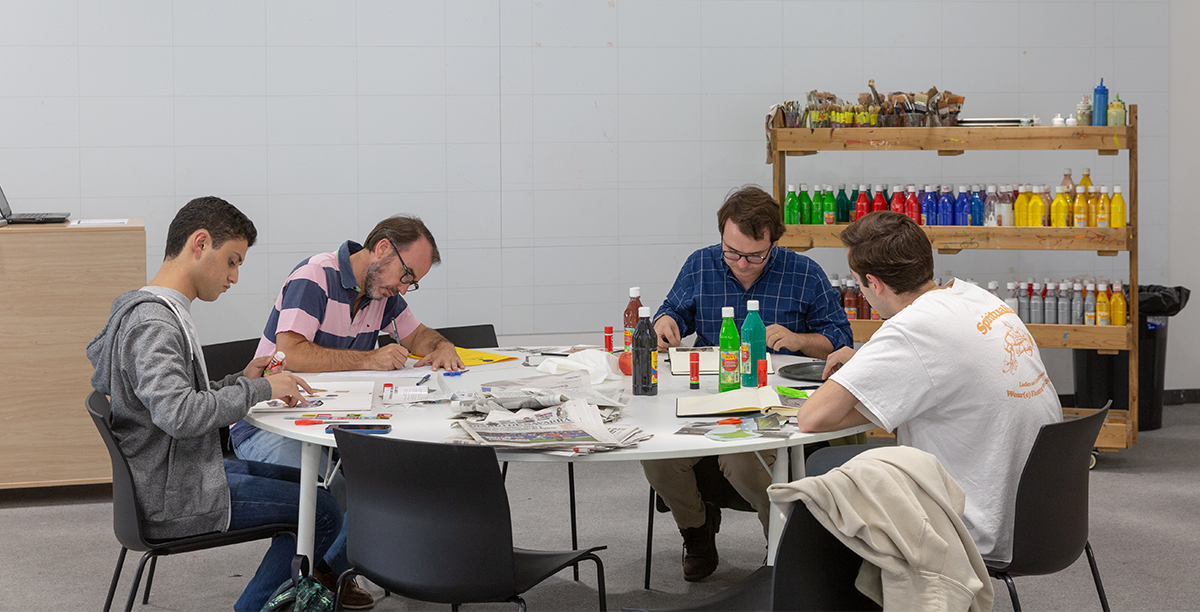The Museo Universidad de Navarra is a university museum
A learning space at the service of the university community, the teaching community and society as a whole.
In addition to offering a postgraduate program (Master's Degree in Curatorial Studies), the Museum is at the service of the university community of all educators and teachers. The young public finds in Campus Creativo a permanent and a seasonal program, and serves as a link with the artistic concerns of students during their studies at the University.
Based on the collection and artistic actions, the Museum contributes to their incorporation as innovative teaching resources that connect learning with creativity and art. The educational programming benefits from the knowledge of the Museum and the University to serve teachers and trainers in educational environments and social groups through school programs and social proposals.
The Museum and the daily presence of art on Campus are an educational resource at the service of the entire community.
As a center of the University of Navarra, the Museum hosts teaching and projects of various schools, faculties and postgraduate programs, collaborates with teachers and researchers, and offers students the possibility of obtaining credits, combining their studies with cultural activities and taking courses at the museum in collaboration with faculties.
There are many different ways in which the Museum is present in teaching and university life.
Research is inherent to the University. The artistic creation promoted by the MUN is conceived as research and to this end the museum works to achieve an adequate record of the process. The Museum promotes research on the arts, for the arts and in the arts, seeking to share and enrich each other through frequent collaboration with the academic community in the development of various projects.
The Museum is working on the creation of an Archive of Creative Processes in which the different phases and processes involved in the research and creation projects carried out by the artists are recorded.
In these research processes to build their own projects, the artists collaborate with the artistic direction of the Museum and, if they wish, with academics, the university community and other centers of the University. This enriches the process through collaboration.
In addition, the Museum establishes special alliances and complicity with the ICS (Instituto Cultura y Sociedad) with which it works on joint projects or projects that involve the organization or production of shared events.
Nor can we forget the research projects in which Museum professionals collaborate with faculties and experts in university research projects that result in publications in book format or academic articles.

Pharsalia
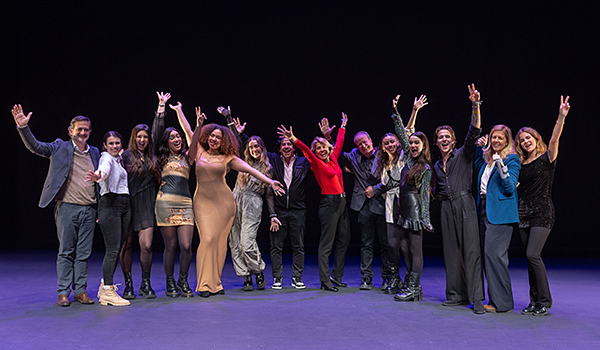
AmplificArte
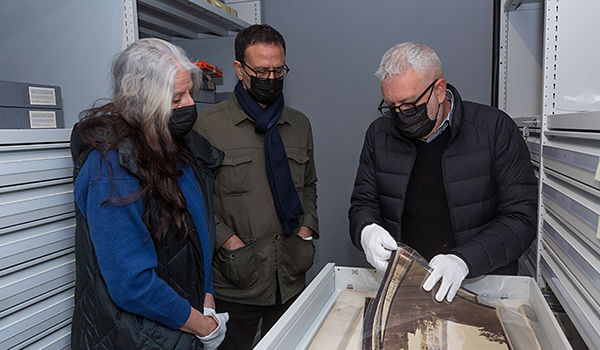
María Pagés

